"Ball Moss" Air Plant Traditional Cache
-
Difficulty:
-

-
Terrain:
-

Size:  (micro)
(micro)
Please note Use of geocaching.com services is subject to the terms and conditions
in our disclaimer.
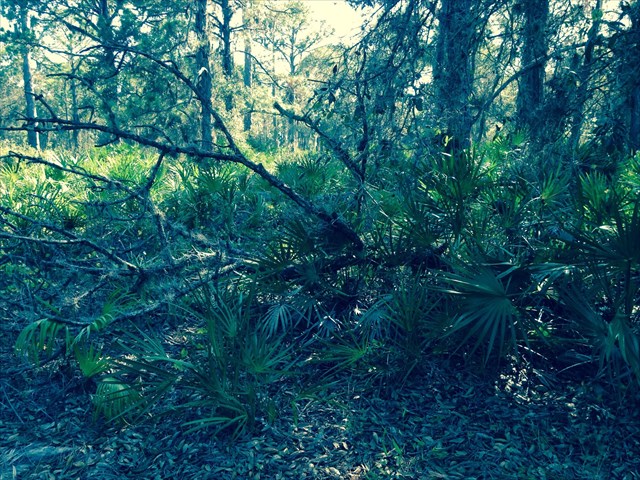
"Ball Moss" is an Air Plant, Bromeliad. It's an epiphyte, not a moss or a parasite. Please BYOP and check the cache info at the bottom of the page.
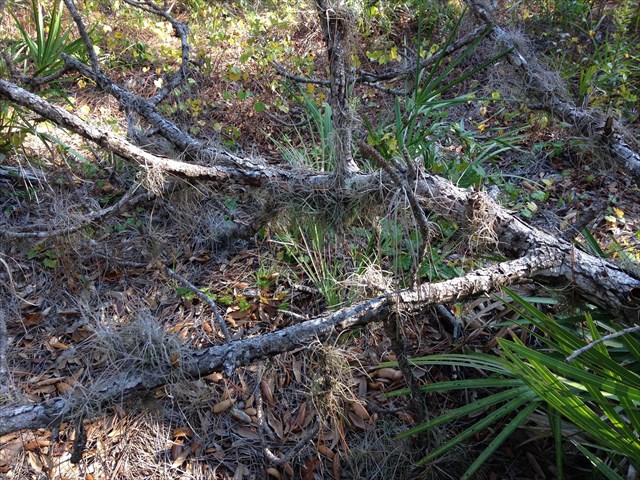
“Ball Moss” Air Plant
Tillandsia recurvata, commonly known as small ballmoss or ball moss, is a flowering plant (not a true moss) in the family Bromeliaceae that grows upon larger host plants. It grows well in areas with low light, little airflow, and high humidity, which is commonly provided by southern shade trees, often the southern live oak. It is not a parasite like misteltoe, but an epiphyte like its relative Spanish moss.
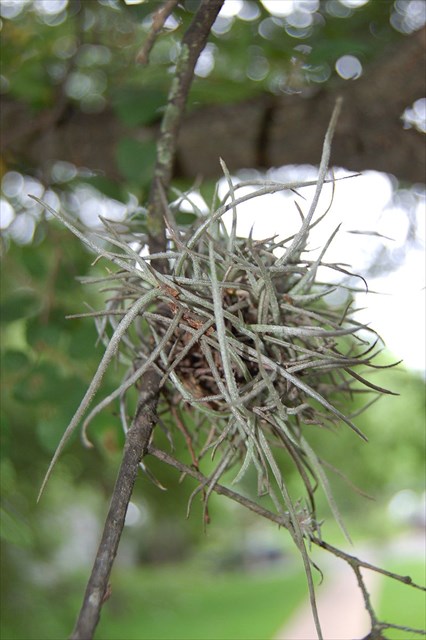
This from: Tillandsia: Florida's Air Plants
By Lenny Flank
The Tillandsia are odd little plants. They have no stems, they have no roots, and their leaves don't look anything at all like leaves. Oh, and they require no soil at all, either, and don't live in the ground. And they are related to . . . pineapples.
There are over 500 different species of Tillandsia found in South and Central America, the Caribbean, and the southern US. Five species are found here in the Tampa Bay area, though only two are common--Tillandsia usneoides, well-known as "Spanish Moss", and Tillandsia recurvata, called "Ball Moss" by botanists. The two look nothing alike, and you'd never know from looking at them that they are in any way related: the familiar Spanish Moss forms loose dangling clumps that drape over tree branches like a greenish waterfall, while Ball Moss (better-known by most people as "air plants") takes the form of loose globular balls, ranging from golf-ball to softball size, which often grow along twigs and small branches, like beads on a necklace.
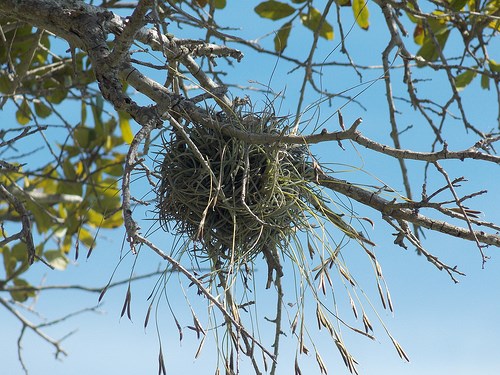
The air plants, as their name indicates, don't grow in the ground. Instead, they grow suspended in mid-air, perched on the twigs and branches of other plants. They are most often found on the shaded inner branches of the common Live Oak tree, but in the South they are seen on virtually every elevated surface where they can find the microhabitat they like--shaded areas with humid air.
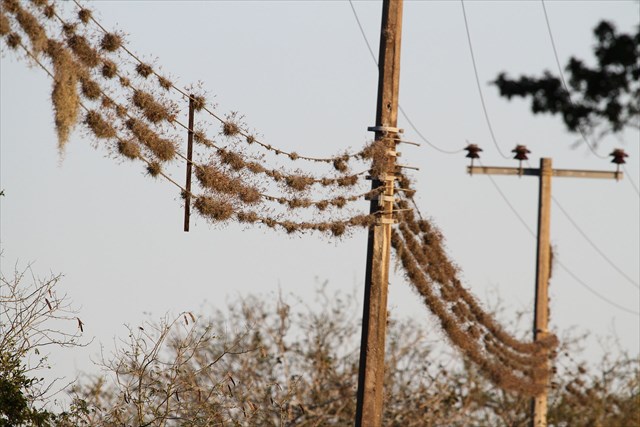
Tillandsia are not parasites; they are known technically as "epiphytes"--they do not take any nutrients or water from their host plant, and use their host only for support to hold them in place off the ground (which can easily be verified by the fact that air plants often grow on long-dead wood like fences or telephone poles, or even on inorganic supports like utility wires or barbed-wire fences). Many people mistakenly believe that the air plants will kill the tree branches that they become established on--in reality the Tillandsia prefer to colonize shaded bare branches that are already dead or dying. They do no harm at all to their host plants.
Despite their botanical name, the Tillandsia "ball mosses" are not really mosses; they are actually perennial flowering plants in the Bromeliad family, and are closely related to pineapples. The leaves are shaped something like long conical tentacles, and are usually a silvery-grey color and look as if they are coated with powdery scales (these scales are known as "trichomes", and they help the plant absorb water and nutrients from the air). The flowers can bloom all year round, and look like little blue spikes at the end of a protruding stalk, which then produce clublike greenish-brown seed capsules.

The mature seeds are dispersed by the wind, each carried away on a tuft of hairlike fibers until it happens to land on a suitable tree branch and begin growing, using tiny rootlike tendrils to anchor itself to the tree until the long tubelike leafs can wrap around and secure it in place. If a ball is pulled apart, each piece will grow into a new air plant.
As with all green plants, the leaves carry out the photosynthesis that feeds the plant, and they are also adapted to quickly absorb any moisture, in the form of rain, fog, dew or runoff, that touches them. During the dry season, the plants store water inside their leafs and go dormant. With no roots and no soil, Tillandsia are adapted to very low levels of nutrients, getting all their necessary minerals from rainwater and from the organic dust and dirt that settles onto the leaves--a sudden large dose of nutrients can actually poison the plant and kill it. Because of this, they are very slow growers. Tillandsia also use bacteria that live in their trichome scales to extract nitrogen directly from the air to form nitrates that can then be used by the plant as a form of fertilizer (something very few plants can do). Because of this, the dead Tillandsia that eventually fall to the ground and decay actually serve as a good fertilizer for other plants by returning nitrogen to the soil.
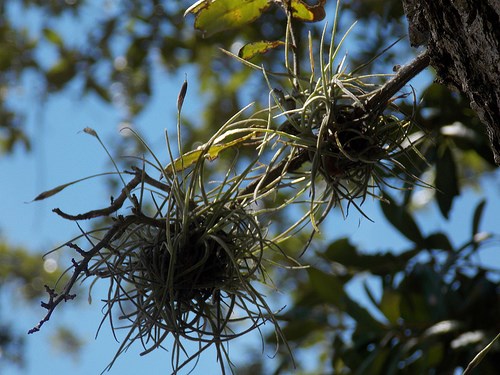
Because the air plants are compact, attractive, hardy and require little care, they are very common in the commercial houseplant trade, and are often decoratively attached to pieces of rock or driftwood. Many people also use them as slow-growing decorative plants for terrestrial terrariums. All they need is moderate light and a spray of rainwater every few days.
The cache is a tied in, camoed, big "micro" pill bottle, that's child proof and needs to be pushed hard to open and close. It holds only a rolled log with a rubber band around it, tucked into a tiny zip lock bag. Please BYOP and check that the bag is sealed completely and the lid is screwed on tightly.
Additional Hints
(No hints available.)